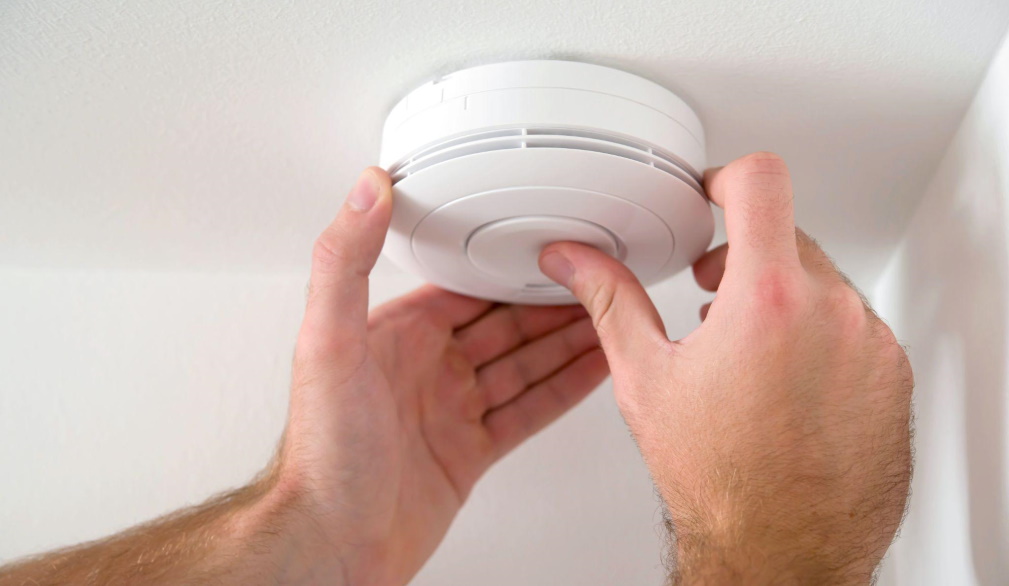How Do Smoke Detectors Work and How Often Should You Test Them?
- Written by NewsServices.com

When a fire breaks out in your home, a matter of seconds can be the difference between life and death. That is why a properly installed detector is the best thing for your home and family’s safety. That is why all properties should have a smoke detector installed.
These devices are excellent as they often alert you before the start of a fire that could turn deadly. These detectors need to be replaced every ten years and tested every six months or so. Let’s take a look at how smoke detectors work and what types you should use in your home!
So, How Do Smoke Detectors Work?
No home is truly safe without a smoke detector. There is no denying that installing a smoke detector in your home can save your life and protect your family from getting hurt. Smoke detectors are used to identify fires in the home.
They send off loud alarms when fires break out in the home to get your family to safety and alert you to contact 000. Every house needs at least one smoke detector on each floor in order to ensure the utmost safety.
The Two Different Types of Smoke Detectors
The two different types of smoke detectors, photoelectric and ionization, both have their pros and cons. They are also quite different. Let’s take a better look at both of them.
How a Photoelectric Smoke Detector Works
If a smoldering or slow-burning fire breaks out in your home, a photoelectric smoke detector will be best equipped to identify and detect it. Each photoelectric detector has a sensor and light source. These things work to detect when smoke enters the chamber and crosses the light beam’s path.
Particles are quickly scattered when they head towards the center and the alarm is triggered. This is when your family gets out of your home and calls 000.
How an Ionization Smoke Detector Works
Unlike photoelectric detectors, ionization detectors are much better at detecting raging flames. Many people defer from them as they contain radioactive materials. Though, they can still save your life if a fire breaks out in your home.
The radioactive material in these detectors is passed between two plates that are electrically charged. They then go forth and create somewhat of an ionization chamber. When a fire occurs, smoke will enter the chamber and reduce to current to activate the alarm.
Pros and Cons
Photoelectric Detectors
Pros
-
* Less prone to false alarms from cooking fumes or shower steam.
-
* Excellent at detecting smoke
-
* Doesn’t contain radioactive material.
Cons
-
* Can be expensive when it comes to maintaining them.
-
* Sensitive to insects and dust particles which means that regular maintenance is needed.
-
* Requires more current in order to operate.
Ionization Detector
Pros
-
* Cheaper than other photoelectric detectors.
-
* Ionizing smoke alarms are much better than photoelectric smoke alarms when detecting fires with flames and very little smoke.
Cons
-
* Not very responsive to smoldering fires.
-
* Very sensitive which can lead to false alarms when you’re cooking.
-
* Use of radioactive materials is concerning to many people.
The Bottom Line
Keeping your family safe in the event of a fire is very important. That is why you should consider installing both types of detectors. Both types installed in your home will ensure that each type of fire is picked up so you can get out of your house fast. If you’re ready to get started, call an electrician to help install your new smoke detectors.





